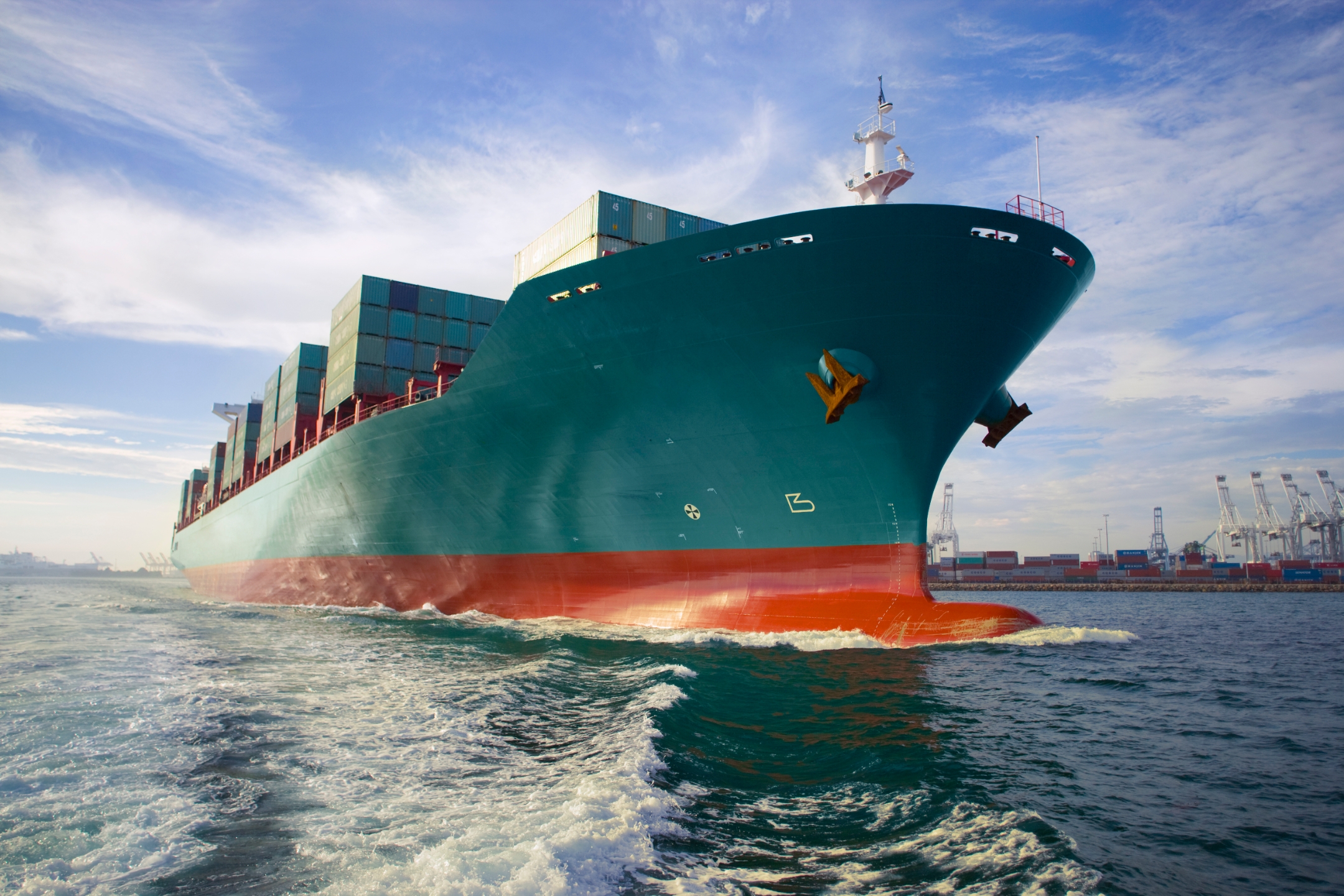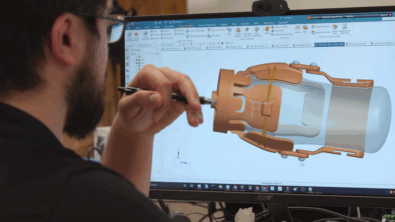Marine STS – Integrating Simulation into Sustainable Ship Design – Summary

The Marine Industry Podcast Series continues its exploration of the role of STS in the marine industry, guided by Jan van Os, Vice President of the Marine Industry for Siemens Digital Industries Software, and Dejan Radosavljevic, Director of the Marine Industry at the simulation and test segment of Siemens Digital Industries Software.
Sustainability is the name of the game in the latest episode, as the marine industry strives to create new sustainable ship designs to meet the International Maritime Organization’s (IMO) new directives to reduce emissions by 100 percent by 2050. In addition to identifying potential options for alternative power sources for ships, Jan and Dejan stress how integrated simulation is necessary for the design of sustainable ships, improving many areas such as design optimization, failure detection, and cost-benefit analysis.
Multiple courses to take
Marine companies are looking at alternative power sources to move away from the emission-heavy fossil fuels ships use today, and there are many options. That said, each of them comes with their own pros and cons. Liquified natural gas (LNG), for example, is more readily accessible and can act as a possible transition fuel, though, of course, it still produces emissions and would need to be phased out eventually. Jan also pointed out the viability of hydrogen, and while it is expensive to produce and not widely available now, its high energy density could prove fruitful down the line.
One other option Jan and Dejan explore is nuclear. On one hand, nuclear power is environmentally friendly and produces massive amounts of energy, perfect for larger cargo ships. Of course, there are very reasonable safety concerns for its use, and using it to power ships that travel all over the world creates a conundrum regarding international law and liability. Nevertheless, no option is off the table when it comes to making a sustainable marine industry.
Optimizing designs with simulation
All these technologies offer ways to make ships more sustainable, but many of them are so complex that Dejan is convinced integrated simulation would be required to implement them successfully into new ship designs. Using a digital twin of a ship, engineers would be able to run various scenarios in a simulated environment to test these new power sources and energy-saving devices. These simulations would not only be able to simulate the individual power system, but also how the rest of the ship’s systems would interact with the new power source.
Additionally, these systems could be used to identify failures in ship designs sooner rather than later. Historically, failures involving vibrations, cavitations, erosion, pressure pulses, and more have been identified during operation, requiring changes to the design long after the ship has launched. Simulating a ship, however, can spot these potential failures in the design process itself, allowing engineers to configure and optimize their designs long before the ship is physically constructed. This is especially crucial for new, experimental power sources, and can let marine companies launch sustainable ships with more confidence.
Another area simulation can assist in is cost-benefit analysis. Simulation can give insights into the structure and functions of a ship, and it can also give engineers the capability to evaluate the costs ship materials and systems would require and balance them with their goals. This scenario can come in handy when deciding whether to retrofit existing ship designs, as active ships must comply with sustainability directives. If the costs of retrofitting old ship designs outweigh the benefits, companies will know better whether to properly scrap those ships instead. This enhanced analysis can also help decide which method of sustainable propulsion companies should pursue.
Toward a greener horizon
The course toward a sustainable marine industry is complicated, with many alternative power sources to explore but just as many potential pitfalls to avoid. Fortunately, integrated simulation can give companies the necessary insights to navigate the complexities of these new technologies, optimizing ship designs and balancing costs to create new fleets fit for a more sustainable future.
Be sure to listen to the full episode or read the transcript, and stay tuned for future episodes on STS in the marine industry.
Siemens Digital Industries Software helps organizations of all sizes digitally transform using software, hardware and services from the Siemens Xcelerator business platform. Siemens’ software and the comprehensive digital twin enable companies to optimize their design, engineering and manufacturing processes to turn today’s ideas into the sustainable products of the future. From chips to entire systems, from product to process, across all industries. Siemens Digital Industries Software – Accelerating transformation.


